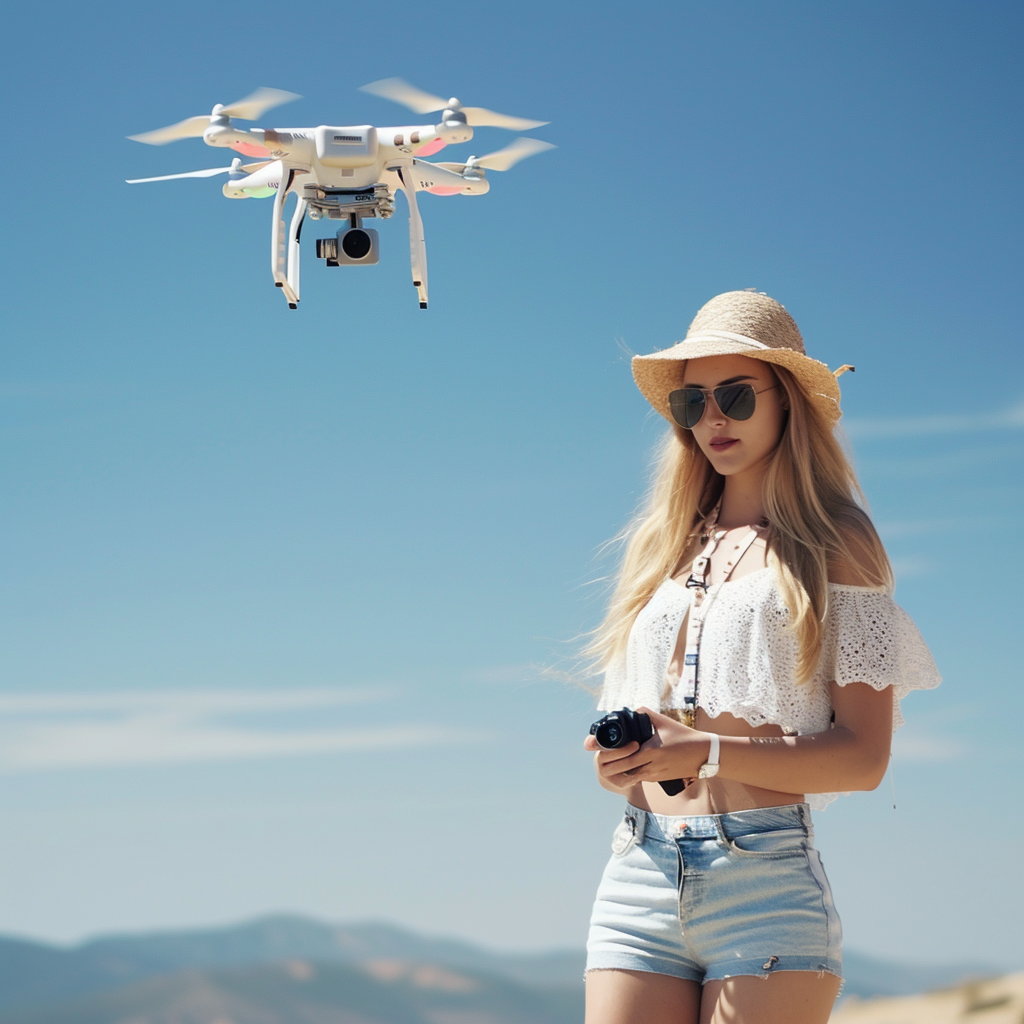Introduction
You have been hearing a it about it lately, so in simple terms here is a breakdown.. Part 107 defines what a Remote Pilot is and sets forth rules and regulations governing Remote pilots. These regulations were created by the Federal Aviation Administration (FAA) in the United States. The rules are important for those of us who want to fly drones, also known as Small Unmanned Aircraft Systems (sUAS). These rules include flying for fun, or work, using drones that weigh from 250grams up to 55lbs.
In Simple terms, imagine you want to use a drone to take pictures or videos. Part 107 tells you what you need to do to fly safely and legally. Here are some simple things to know about Part 107:
Age
You need to be at least 16 years old to get a Part 107 remote pilot certificate.
Study
You have to study and pass a test to get that certificate. The test helps make sure you know how to fly your drone safely and understand the rules.
Keep It In Sight
You should always be able to see your drone when you’re flying it.
Stay Away
Part 107 rules say you should avoid flying your drone near people, buildings, and busy roads. This keeps everyone safe.
Daytime / Nighttime
It’s best to fly your drone when it’s bright and sunny so you can see it well. Flying at night is more complicated and needs special lighting and/or permission.
Other Aircraft
If there are airplanes or helicopters flying in the area, you need to give them space. You can not fly too high or in their path.
400 / 400
Drones should stay below 400 feet (AGL) above the ground. The caveat here is you can fly to the top of a building or structure that is greater than 400ft tall. However you have to be within 400ft of the structure.
Follow the Rules
Always follow the Part 107 rules to keep yourself and others safe and to avoid getting into trouble.
In Conclusion
Part 107 is like a guidebook for flying drones safely and responsibly. It helps make sure that drones can be used for fun and work without causing problems for anyone.
Also please view my other Aviation Articles here for more helpful tips and guides


Comments are closed.